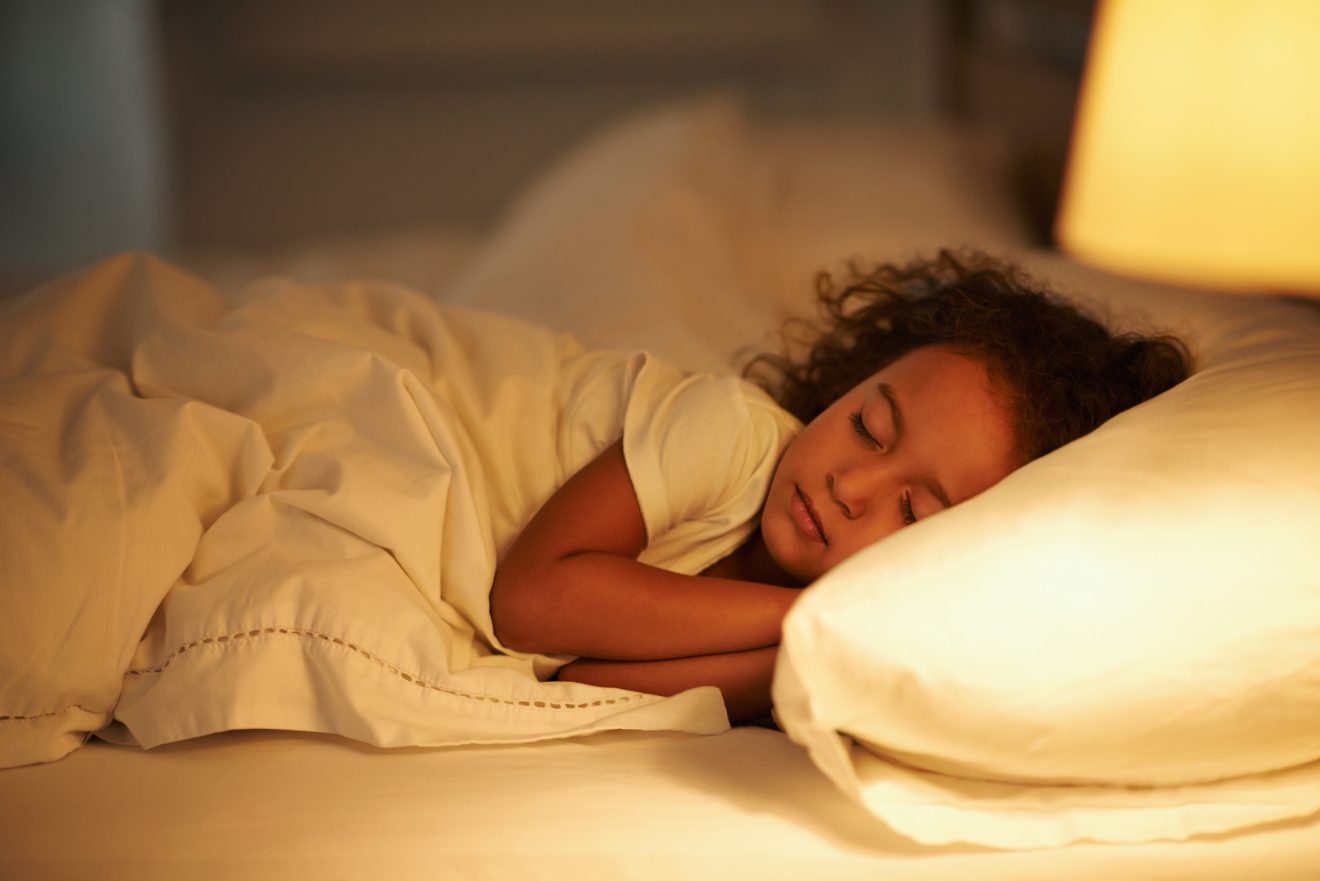When my son was a toddler, we created a bedtime routine that ushered in a peaceful and relaxing transition to sleep. Sometimes, he would pass out after a long day at the park or a swimming pool. Other nights, he was WIDE AWAKE for unknown reasons. It was a puzzle. But we knew it was essential to create a routine around bedtime to ease him into dreamland.
I tried everything to create a calm bedtime and discovered that sensory signals like light, sound, and smell helped my child subconsciously prepare to sleep. We religiously stuck to certain bedtimes because, of course, consistency is essential. As he has grown, we’ve tweaked parts of the routine to suit his developmental stage. But, for the most part, the routine is still there. So, here are five tips to ensure a stress-free bedtime:
1. Check Yourself
In setting up a bedtime routine, the energy parents bring to the process is even more important than the process itself. Even the most well-thought-out routine will be bumpy if you’re anxious, stressed, rushed, annoyed, or not present emotionally. Take a few minutes to become calm and centered. Create your mini-routine before the big routine starts. Sit down, take a few deep, cleansing breaths, slowly drink a glass of water, meditate for a couple of minutes, run through a daily gratitude list in your mind, stretch your body, and pet the cat. Do whatever you need to do for five minutes to align your energy with a calm bedtime.
2. Set the Scene
A bedroom is a central place for kids, and it’s often filled with toys, supplies, clothes, and knick-knacks. To ensure a stress-free bedtime, take stock of how the bedroom feels at night. Are things spread across the floor? Are items put away? Is it challenging to find pajamas or nighttime aids like scented lotions or a favorite stuffed animal? The more minimalistic a child’s bedroom is, the fewer distractions they’ll have. You want to make your child’s bedroom a place for peace and quiet, not chaos and clutter. Consider storing toys away where they are safe and can’t be seen, like a toy box, a closet, or another part of the house. And use a low-watt lightbulb for the table lamp closest to the bed. For the nighttime routine, shut off overhead lights.
3. A Time to Connect
Bedtime is usually a great time to share favorite moments from the day. A child experiences various emotions, from getting up to when his head hits the pillow. They need a quiet, low-key space to process their day and share what’s on their minds. Kids who are stressed or anxious before bedtime may want to delay shutting off the lights and being alone with their thoughts. Asking simple questions at the beginning of the routine, like “What was something that made you smile today?” can start a heartfelt conversation that makes your child feel safe and nurtured. Use a low, softer tone of voice that is quiet and calm.
4. Step by Step
When our son was around four years old, we put a visual list of bedtime steps and taped it onto the bathroom mirror. You can post the steps next to your child’s bed or wherever it suits the process. On this list, map out what will happen next. It may include:
Tub Time
Too many bath toys or activities can be overstimulating. If your bath time is around bedtime (and not before or after dinner), reduce the distractions by limiting the number of toys, bath crayons, or bubbles in the tub.
Brush Teeth
The key to any good routine is consistency. Even the smallest steps can help signal to your child that it’s time for bed. This includes finding a toothpaste and mouthwash that she likes and trying to stick with that flavor. It won’t ruin bedtime if you have to get another brand or flavor, but it may be a tiny jolt in the routine.
Pajamas
You may want to dress your child in those extra cute outer space PJs with feet. Some kids love these. Others, not so much. Ensure she’s wearing something comfortable that allows her to sleep comfortably.
Lotion or Gel
Just like grownups, kids have favorite scents that make them feel relaxed. Scents like lavender, vanilla, and jasmine are known to promote relaxation.1 You can find these in gels, lotions, and essential oils that can be sprinkled or sprayed into bath water, on sheets, or carpets. Even naturally scented shampoos and body washes can help a child feel relaxed.
Storytime and cuddles
Needless to say, exciting pirate adventure stories are probably better for daytime reading. At night, have a small selection of bedtime books available and decide, as a team, how many books to read. For us, we typically choose three books. Over time, a few became “regulars” that we looked forward to reading every night, including Goodnight Moon, I Believe in Me, and I Love You, Stinky Face.
For more great books for kids, check out these articles:
Music and Nightlight
Some kids do well with soft music and night lights to help ease them into sleep. Choose a soothing soundtrack of nature sounds or music without words that can be played night after night as a signal to sleep. Popular choices include Celtic tunes, classical music, or lulling jazz. For calm lighting, try a nightlight, a nighttime carousel, a planetarium, a light-up moon, or a cuddle buddy. Find something your child will love.
5. Relax, Relax, Relax
Children and adults are not so different when it comes to falling asleep. If you’ve ever stayed awake because you’re worried, experiencing pain, overstimulated, or just not tired enough, give your kids a break when they have difficulty falling asleep too. Avoid being impatient with a child who doesn’t want the bedtime routine to end. Instead, have some backup tools to help your child fall into a natural slumber.
When my son was seven and eight years old, he had trouble sleeping for several nights. I wasn’t sure why, but I felt he was having difficulty coping in school. When stressed, children sometimes regress and don’t want to be left alone. I wondered if some of the tools I used to feel calm and relaxed might work, so I began exploring kid-friendly options.
Some Tools That Might Help
Sleep visualizations like New Horizon Meditation and Sleep Stories offer soothing bedtime stories for children designed to calm their minds and usher them into a deep sleep. The Calm app also has children’s options, including sleep stories, like The Velveteen Rabbit, that the narrator soothingly whispers. One of our favorite sleep visualization stories is by Sleep Easy Relax called Hot Air Balloon Ride, a story of a magical journey through the clouds. Of course, we wouldn’t watch the videos but instead listen to them on a smartphone.
Another option to bring on sleep is to help your child focus on an object in the dimmed room. This creates a visually hypnotic state that makes the eyes a bit more tired. In my son’s room, we had a large solar system that hung over the middle of the bed, not over his head. Because the object was above his sightline, his eyes would get droopy, focusing on the gently moving planets.
Bedtimes have sparked some of our family’s all-time best memories. And, to be honest, I’ve crashed out more than once after inhaling the calming fragrance of a little boy’s damp lavender-scented hair, listening to soothing music, and watching stars dance on the ceiling. I mean, come on. If that’s not a recipe for deep sleep, I don’t know what is.

























